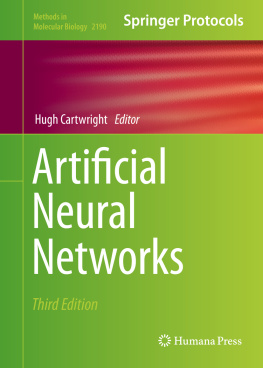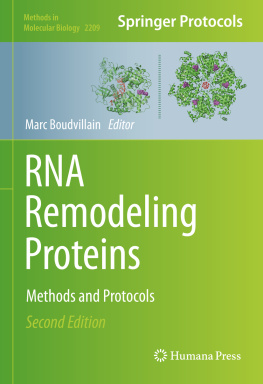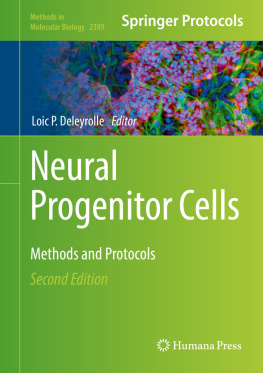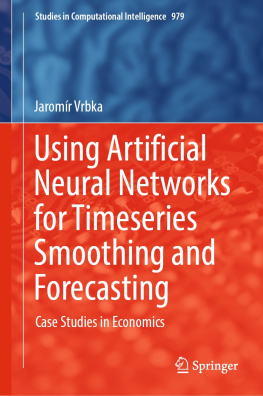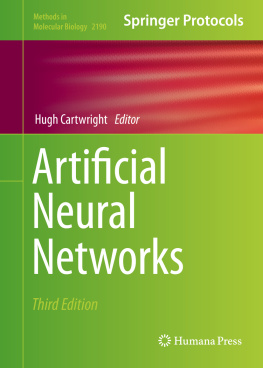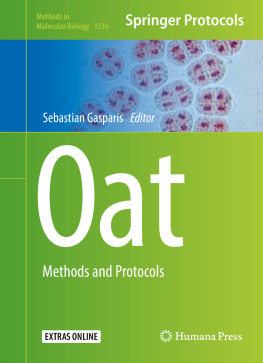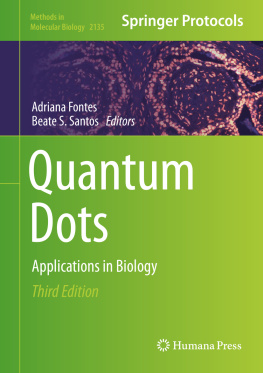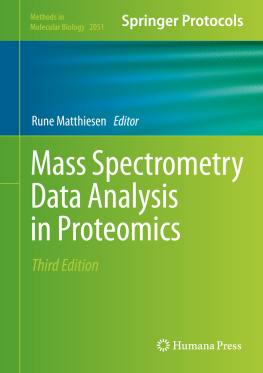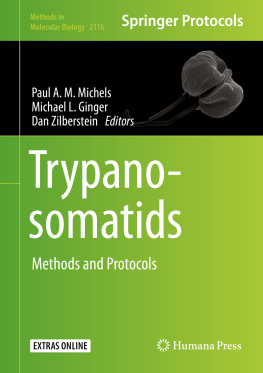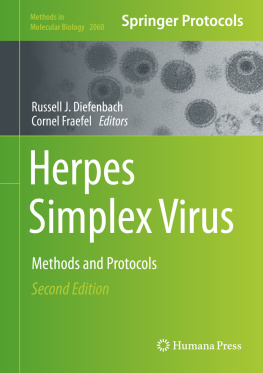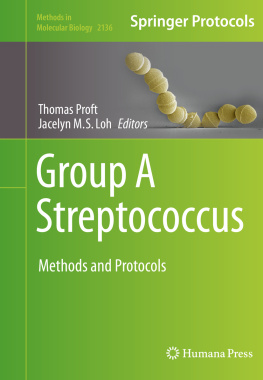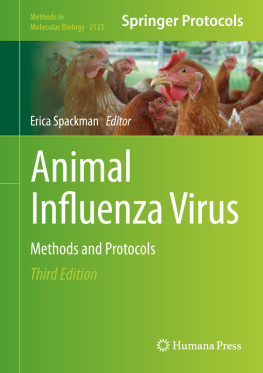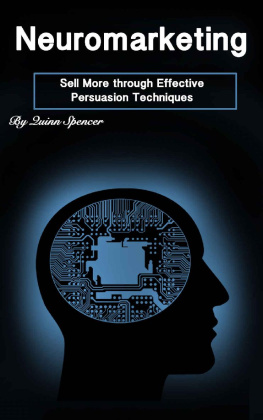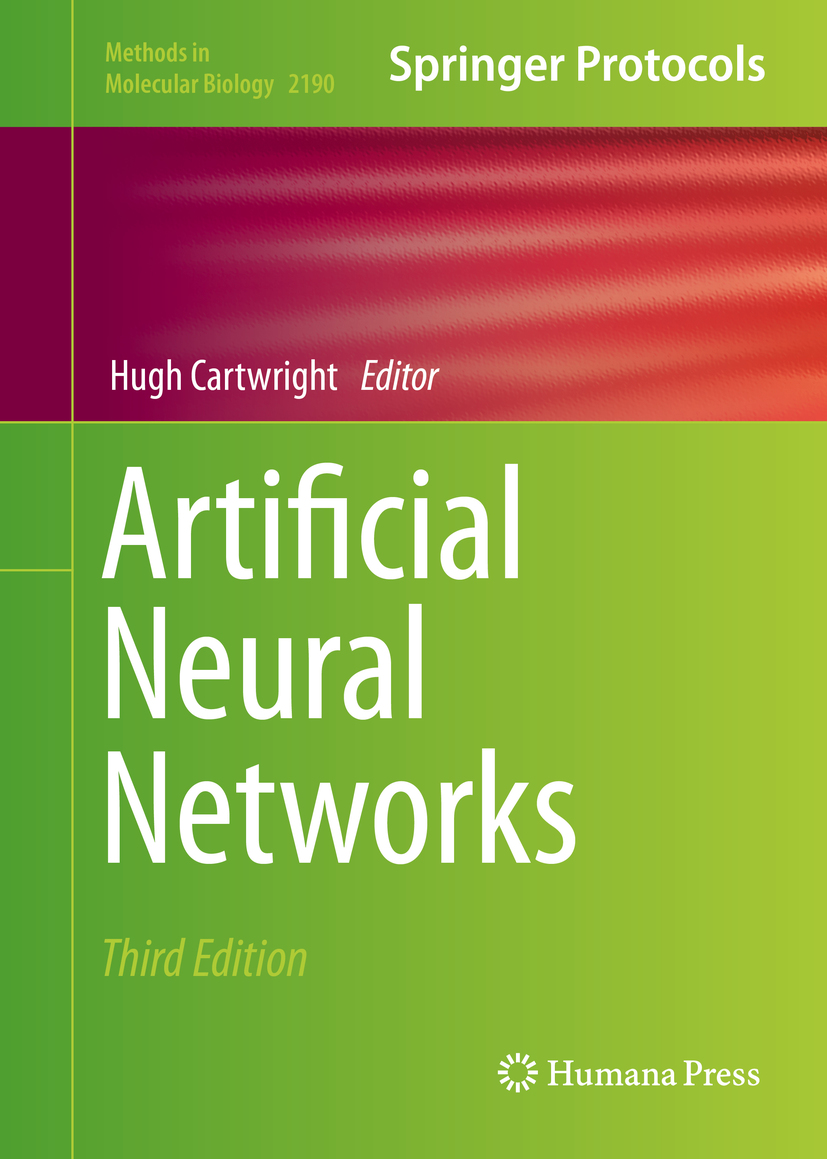Hugh Cartwright (editor) - Artificial Neural Networks (Methods in Molecular Biology, 2190)
Here you can read online Hugh Cartwright (editor) - Artificial Neural Networks (Methods in Molecular Biology, 2190) full text of the book (entire story) in english for free. Download pdf and epub, get meaning, cover and reviews about this ebook. year: 2020, publisher: Humana, genre: Home and family. Description of the work, (preface) as well as reviews are available. Best literature library LitArk.com created for fans of good reading and offers a wide selection of genres:
Romance novel
Science fiction
Adventure
Detective
Science
History
Home and family
Prose
Art
Politics
Computer
Non-fiction
Religion
Business
Children
Humor
Choose a favorite category and find really read worthwhile books. Enjoy immersion in the world of imagination, feel the emotions of the characters or learn something new for yourself, make an fascinating discovery.
- Book:Artificial Neural Networks (Methods in Molecular Biology, 2190)
- Author:
- Publisher:Humana
- Genre:
- Year:2020
- Rating:3 / 5
- Favourites:Add to favourites
- Your mark:
Artificial Neural Networks (Methods in Molecular Biology, 2190): summary, description and annotation
We offer to read an annotation, description, summary or preface (depends on what the author of the book "Artificial Neural Networks (Methods in Molecular Biology, 2190)" wrote himself). If you haven't found the necessary information about the book — write in the comments, we will try to find it.
This volume presents examples of how Artificial Neural Networks (ANNs) are applied in biological sciences and related areas. Chapters cover a wide variety of topics, including the analysis of intracellular sorting information, prediction of the behavior of bacterial communities, biometric authentication, studies of Tuberculosis, gene signatures in breast cancer classification, the use of mass spectrometry in metabolite identification, visual navigation, and computer diagnosis. Written in the highly successful Methods in Molecular Biology series format, chapters include introductions to their respective topics, application details for both the expert and non-expert reader, and tips on troubleshooting and avoiding known pitfalls.
Authoritative and practical, Artificial Neural Networks: Third Edition should be of value to all scientists interested in the hands-on application of ANNs in the biosciences.
Hugh Cartwright (editor): author's other books
Who wrote Artificial Neural Networks (Methods in Molecular Biology, 2190)? Find out the surname, the name of the author of the book and a list of all author's works by series.

